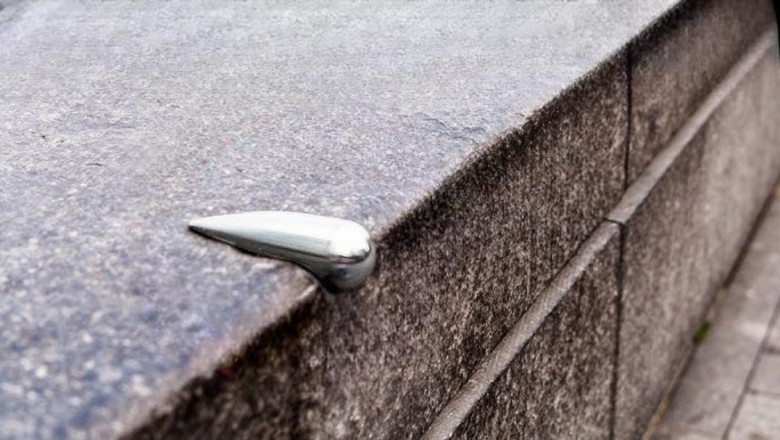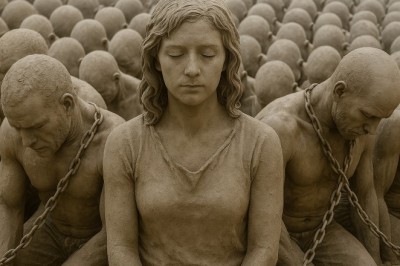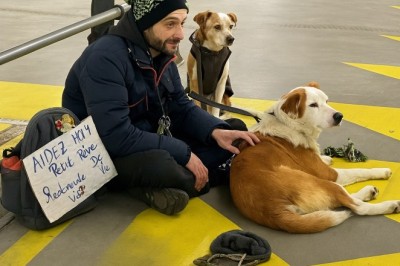
views
🏙️ When City Planning Fails Us: A 1200-Word Exploration of Urban Design Gone Wrong
Urban planning is often seen as the backbone of a thriving city—an invisible hand that shapes how we live, move, and interact. But what happens when that hand falters? The video When City Planning Fails Us dives into the consequences of poor urban design, highlighting real-world examples where planning decisions have led to congestion, isolation, and even danger. This article expands on the video’s themes, exploring how misguided planning can unravel the fabric of a city and what we can learn from these failures.
🚧 The Purpose of City Planning
City planning is meant to balance infrastructure, environment, and human needs. It involves zoning, transportation networks, public spaces, and housing—all designed to create functional, livable communities. When done well, it fosters economic growth, social cohesion, and sustainability. But when it fails, the results can be catastrophic.
🏚️ Case Studies of Planning Gone Wrong
1. Highways That Divide Communities
One of the most cited examples of poor planning is the construction of major highways through urban neighborhoods. In the mid-20th century, many U.S. cities built expressways that cut through historically Black and low-income communities. These projects displaced thousands and created physical and psychological barriers between neighborhoods.
-
Impact: Reduced property values, increased pollution, and social fragmentation.
-
Lesson: Infrastructure should connect—not divide—communities.
2. Dead-End Suburbs
Suburban sprawl is another symptom of flawed planning. Designed for cars rather than people, these areas often lack sidewalks, public transit, and mixed-use spaces. Residents become dependent on vehicles, leading to traffic congestion and environmental degradation.
-
Impact: Isolation, increased carbon emissions, and limited access to services.
-
Lesson: Walkability and transit access are essential for sustainable growth.
3. Over-Zoning and the Death of Mixed-Use Spaces
Strict zoning laws can stifle vibrancy. When residential, commercial, and industrial zones are rigidly separated, cities lose the dynamic energy that comes from mixed-use development. People must travel long distances for work, shopping, and recreation.
-
Impact: Longer commutes, reduced community interaction, and economic inefficiency.
-
Lesson: Flexible zoning encourages diversity and convenience.
🏙️ The Human Cost of Poor Planning
Urban design isn’t just about buildings and roads—it’s about people. When planning fails, it affects mental health, safety, and quality of life.
1. Loneliness and Isolation
Poorly designed cities can make people feel disconnected. Lack of public spaces, pedestrian infrastructure, and community hubs leads to social isolation.
-
Example: Tower blocks with no communal areas often become vertical prisons.
-
Solution: Incorporate parks, plazas, and shared spaces into urban design.
2. Safety Hazards
Bad planning can create dangerous environments. Narrow sidewalks, poor lighting, and confusing intersections increase the risk of accidents and crime.
-
Example: “Stroad” design—where streets are too fast for pedestrians but too slow for cars—leads to frequent collisions.
-
Solution: Prioritize pedestrian safety and traffic calming measures.
🌍 Environmental Consequences
Urban planning has a direct impact on the environment. Sprawl, car dependency, and lack of green infrastructure contribute to climate change and ecological degradation.
1. Heat Islands
Cities with little vegetation and excessive concrete absorb heat, creating “urban heat islands.” These areas can be several degrees warmer than surrounding regions.
-
Impact: Increased energy consumption, health risks, and discomfort.
-
Solution: Plant trees, install green roofs, and preserve natural landscapes.
2. Flooding and Poor Drainage
Ignoring natural water flow in planning leads to flooding. Paved surfaces prevent absorption, and outdated drainage systems can’t handle heavy rainfall.
-
Example: Cities built on wetlands often suffer from chronic flooding.
-
Solution: Integrate permeable surfaces and restore natural waterways.
🧠 Why Do These Failures Happen?
Despite good intentions, city planning often falls short due to:
-
Political Pressure: Decisions driven by short-term gains or powerful interests.
-
Lack of Community Input: Ignoring the voices of residents leads to misaligned priorities.
-
Outdated Models: Relying on 20th-century planning principles in a 21st-century world.
-
Over-Reliance on Cars: Designing cities around vehicles instead of people.
🛠️ Fixing the Future: Smarter Urban Design
The video When City Planning Fails Us doesn’t just highlight problems—it encourages reflection and reform. Here are some principles for better planning:
1. Human-Centered Design
Put people first. Design cities that prioritize walking, biking, and public transit. Create spaces that foster interaction and inclusivity.
2. Mixed-Use Development
Blend residential, commercial, and recreational spaces. This reduces travel time, boosts local economies, and enhances community life.
3. Green Infrastructure
Incorporate nature into urban environments. Parks, trees, and water features improve air quality, reduce stress, and support biodiversity.
4. Community Engagement
Involve residents in planning decisions. Their lived experience offers valuable insight into what works and what doesn’t.
5. Resilience and Adaptability
Plan for the future. Consider climate change, population growth, and technological shifts. Build cities that can evolve with time.
📢 Conclusion: Planning with Purpose
City planning is a powerful tool—but only when wielded wisely. The failures highlighted in
serve as cautionary tales, reminding us that design decisions have lasting consequences. By learning from past mistakes and embracing inclusive, sustainable, and forward-thinking principles, we can build cities that truly serve their people.












Comments
0 comment